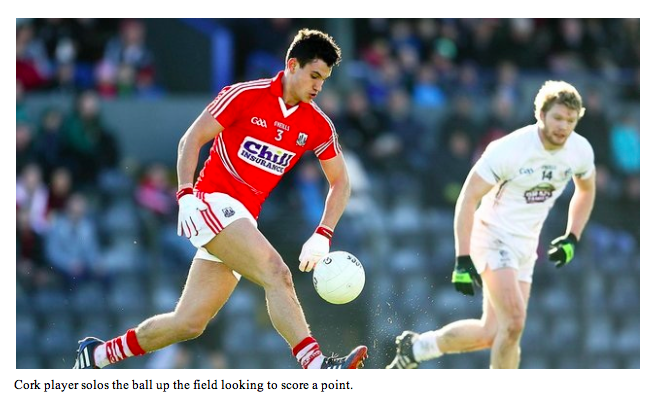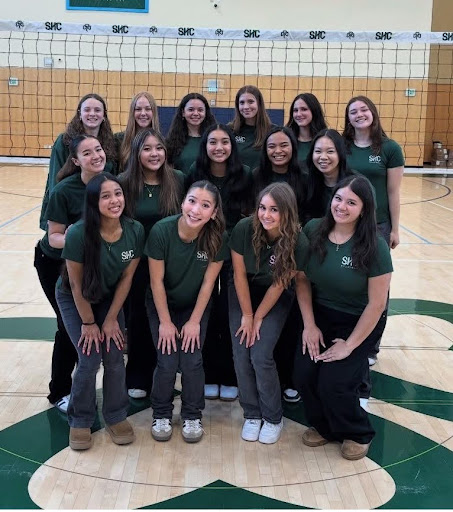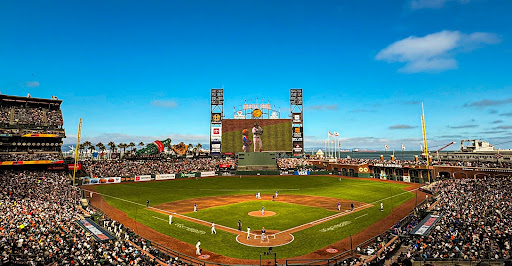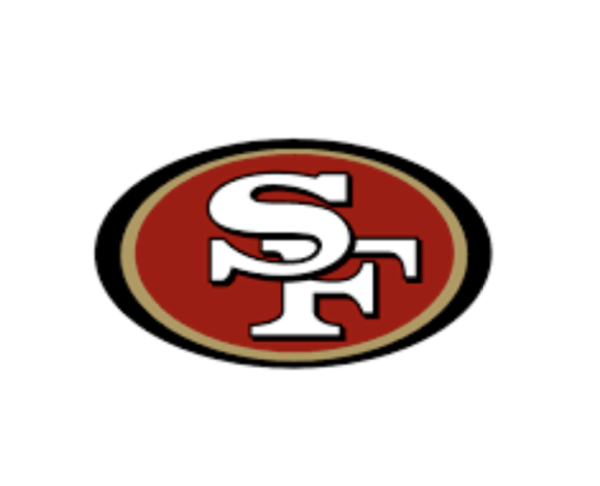Gaelic Football Anyone?
Gaelic football has been a part of Irish culture for hundreds of years, but was officially instated as a national sport in 1884. The GAA (Gaelic Athletics Association) is a huge organization stretching from Ireland, to Northern Ireland, to England, to North America, to Australia. In Ireland, the 32 counties compete for the All-Ireland title. In Ireland and North America, there are smaller teams that compete against each other just as clubs.
Watching Gaelic football without any past knowledge of the game can be extremely confusing. It looks like a mixture of soccer and rugby, with fast-moving plays and aggressive actions with many complex rules. However, once you get the hang of it, it’s quite simple. There are 13-15 players on the field, with the positions goalie, full back, half back, midfield, half forward, and forward.
To pass the ball, you must hand pass, with your palm up, mostly using your fingers. When running, you can only take 4 steps before bouncing the ball, or soloing (dropping the ball down to your toe and kicking it back up to yourself). You can solo as much as you want, but you cannot bounce twice in a row. When picking the ball up from the ground, you must put your toe underneath the ball and kick it into your hands, but that is only for men’s Gaelic. There are two different ways to score. There are goalposts like in American football, and getting the ball over the bar is worth one point. Underneath the posts is a goal. Getting a goal is worth three points. The score is tallied as goal-points, so if a team were to score one goal and five points it would be written as 1-5.
It’s very common for Gaelic players to get injured. In a four year study of injury in the sport, the 74.7% of injuries were defined as new injuries, while recurring injuries were 23%. Hamstring injuries were the single most common injury, 24%, of all injuries and over half of muscle injuries. Most injuries occur during the second half of the game, when the players are tired and pushing their bodies to extremes. Aodhan Downey, a youth player for San Francisco, was once very badly injured in a tournament that would decide who would be the North American champions. He was playing the Delco Gaels, a team from Philadelphia. This was an Under-14s game, but one of the boys on Delco was almost 6 foot 3. Downey and this Delco player were both going up for the same ball and the Delco boy’s elbow came down and hit Aodhan right on top of his head. “I don’t really remember it,” Downey remarks, “all I know I was unconscious for 2 minutes and had to be rushed to the hospital. I got a double concussion.”
However, not all injuries are because of just playing. Some injuries are caused from fighting between players, which often occurs. The tension and excitement of the game gets to the players and makes them become too aggressive towards each other. There has been pushing, shoving, and punches thrown in county games, as well as a few kicks here and there. A player I interviewed, who would rather remain anonymous, told me about his fighting experiences. “One game, we were playing our rivals. The score was only 1 point apart and this guy that really didn’t like me was marking me. I gave him a shoulder to get the ball, and the next thing I know he had punched me in the face! My nose was bleeding everywhere, it was horrible. So I gave him a black eye. We both were suspended for a game after that.” Fights like this occur all the time, so the GAA has upped the consequences of fighting. Players can be sent off and even suspended for multiple games. This beautiful and exciting sport has survived so long, we cannot let it be ruined by nonsense fighting.






